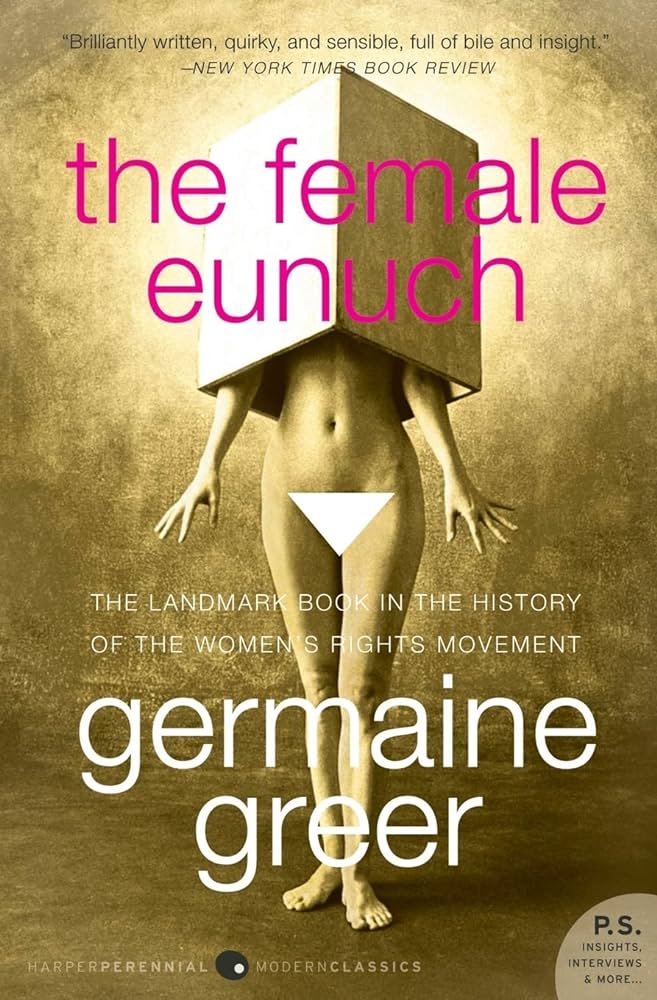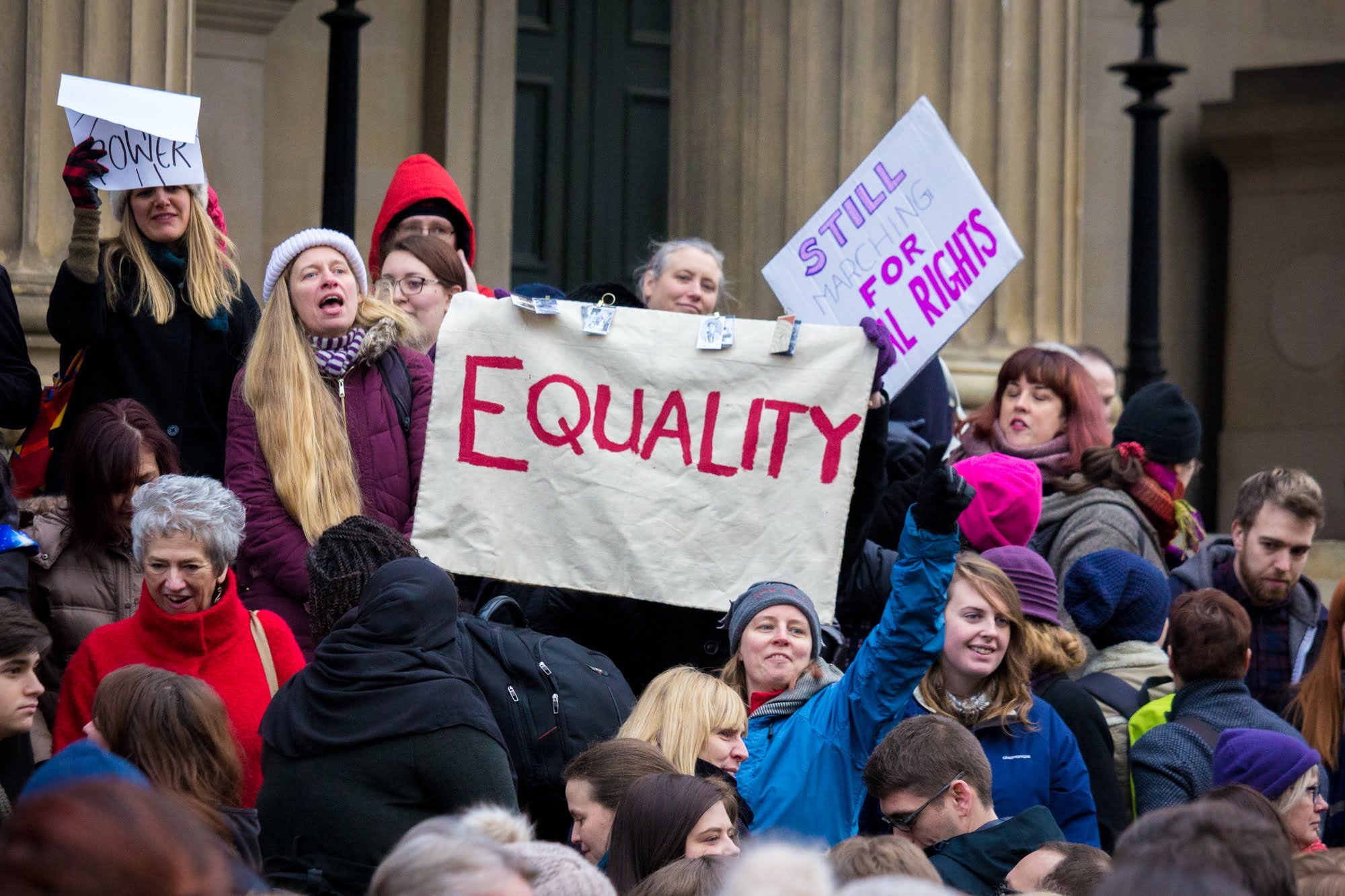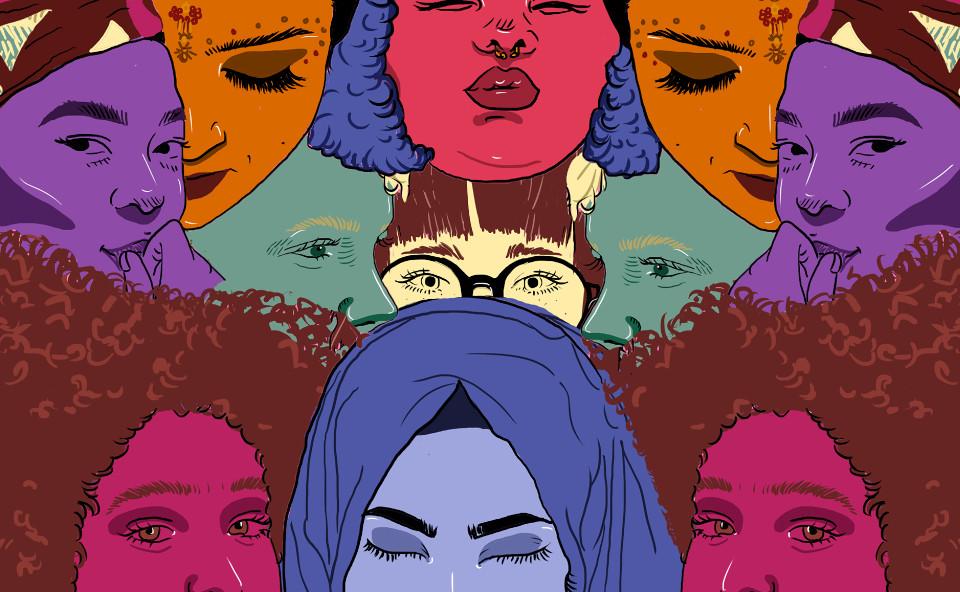The revolution for women’s suffrage inspired the following generations of women to question the existing society and their views on women. The fight for suffrage was won, but the demand to bring about a society where women are equal to men has still not been met. The Female Eunuch by Germaine Greer was a wildfire in the common woman’s life in the 1970s.
The Female Eunuch by Germaine Greer was a wildfire in the common woman’s life in the 1970s.
Being a woman in the 1970s and reading Greer’s opinionated, “hot take” on the world’s view on women fueled that population who were under subjugation. It is not the 1970s anymore, and yet The Female Eunuch makes a relevant argument. This book is a journey with the intention of navigating the radical movement of feminism.
The breakdown of the ‘elements’ by Germaine Greer
Greer delves into four elements making up a woman and ends with the final blow of the feminist revolution in this text. Greer mentions in the first part of the book that women’s bodies are only sexual objects for the use and appreciation of other sexual beings, men. The woman as an object is supposed to have the perfect bosom, draped in the tightest corset resembling an hour glass doll, with feet supported by extremely torturous heels. Greer points out that the sexualisation of women’s bodies is especially asserted by men from the past generations.
Greer adds that a woman’s sexuality is both denied and misrepresented by society, which has identified women as passive, and that this is a fantasy world for men where the reality and originality of a woman are undermined. Passivity and submissiveness are recurring concepts in The Female Eunuch. Women in this text are referred to as passive and held back by the patriarchy, which is a descriptive representation of any 1970s woman.
Greer expressed how women are stereotyped to be consumed like items of possession in the second element of the book known as ‘Soul’.
One does not expect a woman to chase her own dreams. These restraints are a result of continuous objections directed towards women in mainstream society from generations. Hence, Greer believes that girls can only excel if they intellectually rebel against the repressive conditions they are in. Greer makes a continuous effort throughout the text to influence women to pick themselves up to retaliate against all of man’s terms.
Greer makes a continuous effort throughout the text to influence women to pick themselves up to retaliate against all of man’s terms.
‘Love’ is the third element unfolded to understand the emotions and circumstances of women and men by Greer in this book. The author has an extraordinary way to express her argument—straightforward yet philosophical. The use of the concept of love is by far a unique technique. The different behaviour of men and women towards each other during the 1970s is what takes the storyline forward. Greer expresses how women’s inferiority in front of men’s egos creates feminine insecurity.
Her ‘will’, her ‘revolution’
Women rebels were indeed growing in the 1970s. Greer herself acknowledged some of them. Betty Friedan, being the most impactful feminist, rests her case on the frustration suffered by educated women who fall for the Freudian notion that physiology is destiny. Additionally, Juliet Mitchell integrates the feminist movement into the proletarian revolution. Inspired by the former and other second wave feminists, Greer suggests a complete revolution, since ‘revolution is the festival of the oppressed.’.
Greer calls for a revolution which is personal, to break the ‘old process‘. Greer recommends a plausible strategy for the revolution through speeches and gestures to expose masculine pomposity, absurdity, and injustice. The author is asking the reader for her ‘will’ to pursue this revolution for herself. The Female Eunuch reflects a personal calling for the urgent need for action to topple the infiltrating norms such as masculinity, patriarchy, and all things “man-made”, in society.
The pursuit of Greer’s craft
The radical outrage in this book is a significant style of Greer’s writing. It is evident that the author has gone through a lot in the past. Her personal life is reflected as she explicitly demonstrates abuse and rape in the text. Greer is one of the most criticised feminist writers of her time. Her explicit opinions on men and women were both praised and disapproved.
Germaine Greer’s educational background clearly reflects on this text, with her ample amount of references to literature. For instance, Greer provides Shakespeare’s view on love: ‘Love is always social and never romantic’. Greer’s PhD on Shakespeare offers her to relate this point through Shakespeare’s works such as Romeo and Juliet and The Merchant of Venice. Greer interprets Hamlet’s comment on these too: ‘she lacks gall to make oppression bitter.’ The use of literature in a feminist book gives the book a dramatic and smooth narrative flair.
Written for women of all generations, this book is expressed in a simple, most generic form of writing.
Written for women of all generations, this book is expressed in a simple, most generic form of writing. In the midst of her thoughts, this text does display an unusual drift from one topic to another. As an opinionated text, it at times goes off track, although it falls under the perfect setting as the plot of the text sinks in. The author’s selection of the title The Female Eunuch was first a puzzle and secondly a cause of curiosity while reading the book. The author interprets women as beings who were never able to explore themselves and were always separated from their originality because of patriarchal set-ups. This view en voyage of the book demonstrates the 1970s society and its relation to gender discrimination.
Greer definitely figured out that feminism by now does not need any introduction. As a second-wave feminist, Greer shows sheer frustration for the underdevelopment of the situation. This text focuses on the outrage of an individual. The case of Valerie Solanas shooting Andy Warhol weighs on that outrage in the text. In the 21st century, it could still make any woman outrageous, given that not much has improved even now. Misogyny prevails in every corner of the world, but not to the same extent. Greer is not providing a case study of feminism; rather, it is a cry for an immediate riot.
The non-existent women of Asia in Greer
Despite being a smaller entity of the 1970’s feminist movement, Asia as a crucial part of global affairs needs sincere acknowledgment, which was absent in this book. There were references to European, American, and even Aborigine societies, but not to Japanese, Indian, or any Asian countries.
The Women’s Liberation Movement in Asia was a major turning point for the Asian feminist uprising, which started in the late 1960s through the 1970s. These movements took place against the sexism in Asian countries along with economic and colonial exploitation, which fell heavily on Asian women.
As an Asian feminist, one had to consider the factor of being Asian along with being a feminist, which is more difficult said than done due to cultural principles and ethics. As visible in India, the caste system has greatly affected the practice of the feminist movement in the country. Asia is a huge part of feminist studies, which gets sidelined most of the time. Asia’s inclusion in Greer’s text would have drawn greater interest from Asian women to revolt against sexism and misogyny. At present, one must understand the importance of inclusivity and the impact that it could have when discussing matters related to social constructs, such as The Female Eunuch.









Wonderfully written 🤍